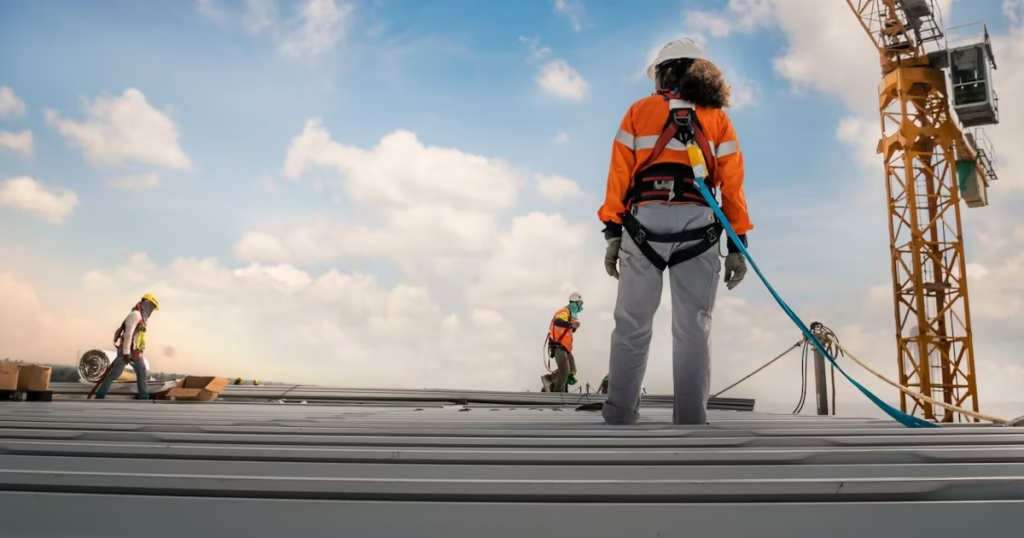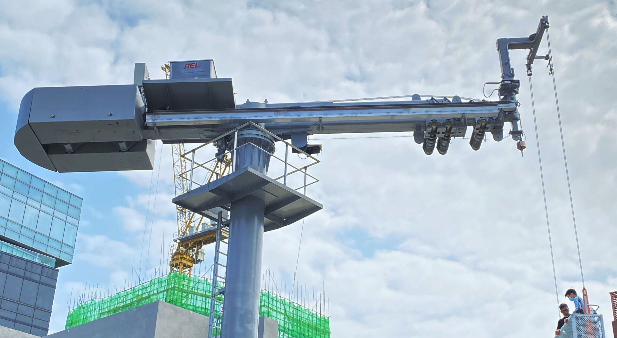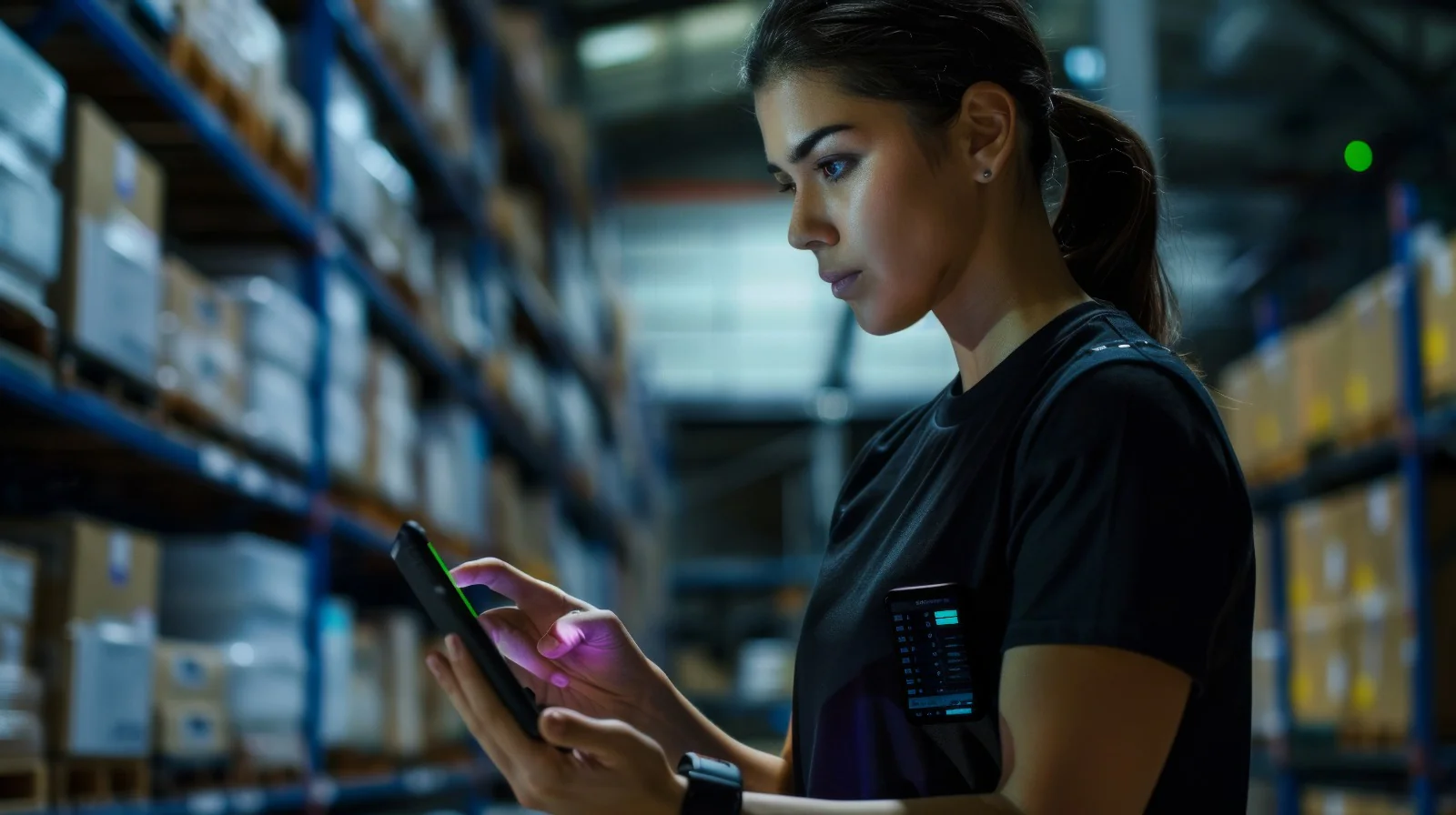Workplace safety remains a top priority for many industries in the Philippines, especially those involving work at heights such as construction, industrial maintenance, telecommunications, and infrastructure projects. Accidents involving falls continue to be a leading cause of injuries and fatalities in these sectors. For this reason, the use of fall protection systems like safety lines is not only essential but also required by law. As a result, more companies are turning to dependable Safety Line Philippines solutions to meet regulatory requirements and ensure the well-being of their workers.
828 Cable System Inc., a trusted leader in safety access solutions, provides expert guidance, temporary lifeline systems, and reliable fall protection installations designed specifically for the Philippine work environment. These systems are not just safety equipment—they’re life-saving investments.
What Is a Safety Line System?
A safety line system, also referred to as a lifeline system, is a critical part of fall protection that connects a worker to an anchor point, preventing falls or minimizing injury during a fall. There are various types of safety lines, including:
- Horizontal Lifelines – Anchored between two points horizontally, offering lateral mobility.
- Vertical Lifelines – Used where vertical movement is required, such as climbing ladders or scaffolding.
- Temporary Lifelines – Portable systems used for short-term access needs.
- Permanent Lifelines – Fixed systems for areas that require frequent maintenance or servicing.
Safety line systems typically include harnesses, connectors, and anchorage devices, working together to provide a secure fall arrest or restraint mechanism. Across the Philippines, businesses are increasingly investing in Safety Line Philippines solutions to better protect their workforce and ensure compliance with workplace safety standards.
Industries That Rely on Safety Lines in the Philippines
The need for safety lines is not limited to one sector. A wide variety of industries across the Philippines depend on safety line systems to ensure employee safety:
Construction: From high-rise building projects to infrastructure development, construction sites present multiple fall hazards. Temporary and permanent lifeline systems help mitigate these risks.
Telecommunications: Technicians often work on towers, poles, and rooftops—elevated areas that demand reliable safety line systems to prevent falls.
Industrial Maintenance: Factories, refineries, and warehouses involve tasks at elevated platforms or machinery. Fall protection systems are critical for workers conducting inspections and repairs.
Building Facade Cleaning: Exterior cleaning and maintenance, such as window washing, require mobile safety lines to ensure worker security at significant heights.
Maritime and Offshore Industries: Workers on oil rigs, ports, and ships rely on safety line systems to navigate slick or unstable surfaces safely.
Regardless of the industry, Safety Line Philippines providers like 828 Cable System offer customized solutions to meet each sector’s unique needs.
The Role of Temporary Lifeline Systems
Temporary lifeline systems are essential when fall protection is required only for the duration of a short-term project or in locations that are accessed infrequently. These systems are ideal for:
- Bridge work
- Pipe rack installations
- Structural steel erection
- Building inspections or roof repairs
Because they’re portable, temporary safety lines are easy to install, dismantle, and transport. However, this convenience must not compromise safety. It’s critical that even short-term installations follow strict regulatory standards. In the Philippines, industry leaders turn to experienced providers of Safety Line Philippines services to ensure these systems are properly configured and compliant.
OSHA and Local Compliance Standards
Compliance with safety standards is non-negotiable. The U.S. Occupational Safety and Health Administration (OSHA) sets the benchmark for fall protection, which also influences practices in the Philippines:
- General Industry: Fall protection is required at elevations of 4 feet or more.
- Construction Industry: Fall protection is mandatory at heights of 6 feet or more.
Locally, the Department of Labor and Employment (DOLE), through its Occupational Safety and Health Center (OSHC), also enforces strict guidelines on fall protection systems. Businesses that fail to comply may face serious penalties, legal consequences, and increased risks to their workforce.
By working with experienced fall protection solution providers like 828 Cable System, companies in the Philippines can ensure their Safety Line Philippines setups meet or exceed both international and local safety standards.
Selecting the Right Safety Line System
Choosing the appropriate safety line system requires careful consideration of the following:
- Nature of Work: Is the task short-term or ongoing? Will the system be exposed to harsh weather conditions?
- Work Environment: Indoor or outdoor use, surrounding structures, accessibility.
- Mobility Requirements: Do workers need to move laterally or vertically?
- Load Capacity: How many workers will use the system simultaneously?
Each project has its own set of risks and requirements. That’s why it’s crucial to partner with professionals who specialize in Safety Line Philippines solutions and who can recommend the most appropriate configuration for your site.
Why Choose 828 Cable System for Safety Line Philippines Solutions
828 Cable System Inc. stands out as one of the Philippines’ most reliable providers of fall arrest and lifeline systems. With deep expertise in temporary safety access and lifeline system installation, they offer:
- Comprehensive Consultations – Site-specific assessments and expert advice.
- Custom Solutions – Systems tailored to your project’s unique safety requirements.
- Professional Installation – Ensuring each lifeline is properly anchored and compliant.
- Ongoing Support – Maintenance, inspection, and worker training available.
Clients trust 828 Cable System not just for their technical knowledge, but also for their commitment to quality and worker safety. Their temporary lifeline systems are widely used in building construction, industrial settings, and infrastructure projects, making them a go-to provider for Safety Line Philippines needs.
Installation and Best Practices
A proper lifeline installation begins with a risk assessment to identify fall hazards and define access routes. The next steps include:
- System Design – Select components based on height, span, and load.
- Anchorage Setup – Identify safe and compliant anchor points.
- Worker Training – Equip staff with the knowledge to use lifelines safely.
- Routine Inspection – Check system integrity before and after each use.
Whether temporary or permanent, a safety line system should never be an afterthought. Partnering with experts ensures a secure setup that minimizes risk and meets all regulatory requirements.
Takeaway
Work at height remains one of the most hazardous activities in the workplace. Investing in high-quality Safety Line Philippines systems is not just about compliance—it’s about protecting lives, reducing liability, and building a culture of safety. Temporary and permanent lifelines provide the protection workers need to perform their duties confidently and securely.
With 828 Cable System’s expertise, Philippine businesses gain access to tailored safety solutions that match their operational needs and environmental conditions. Whether it’s a temporary project or a long-term safety upgrade, now is the time to prioritize fall protection with professional-grade lifeline systems.











